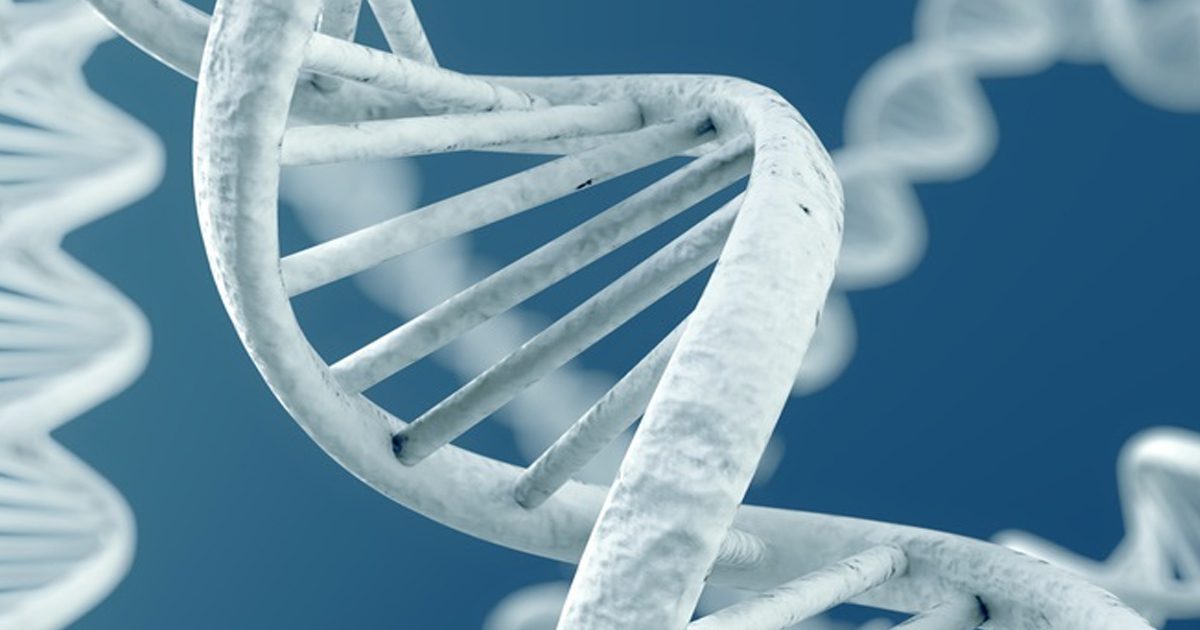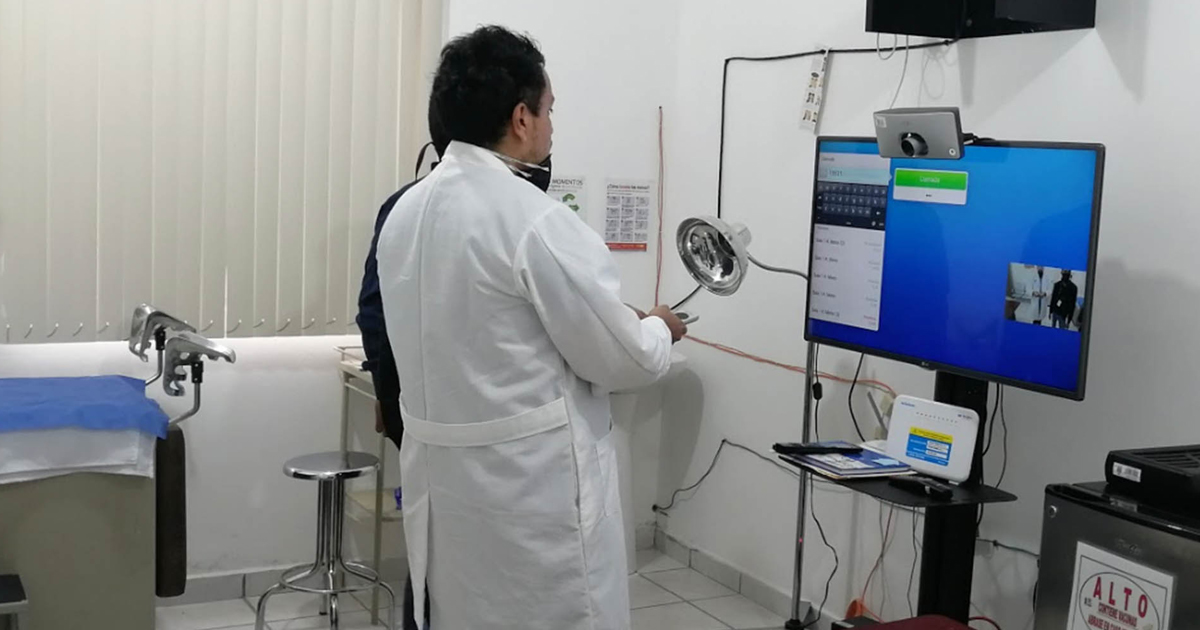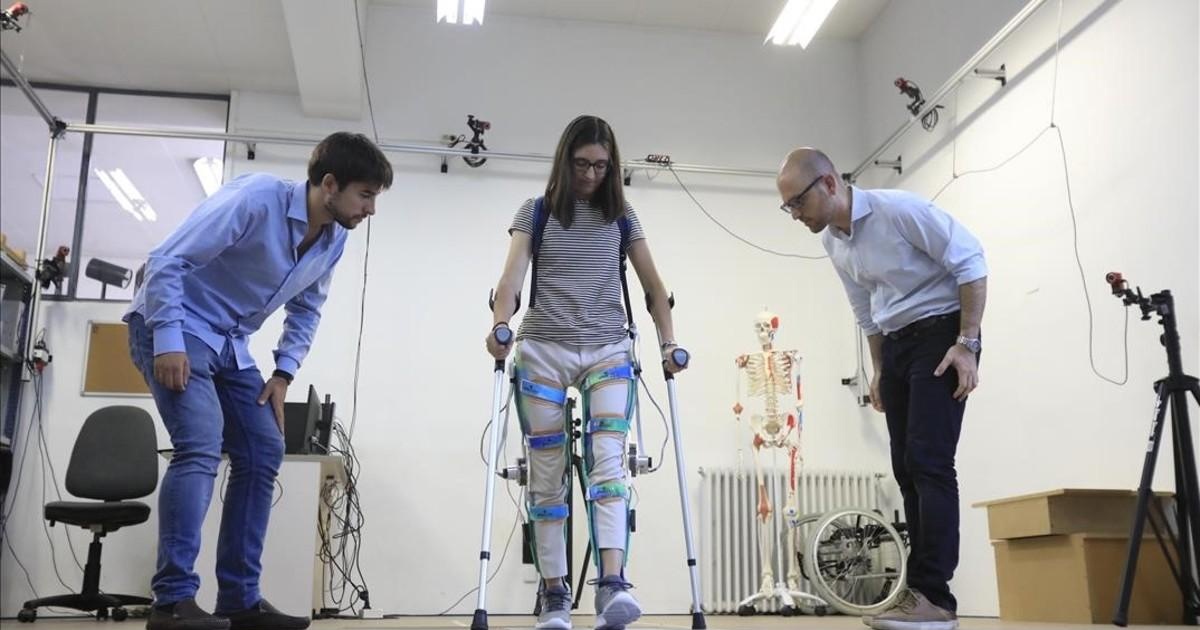Scientists from the Massachusetts General Hospital and the National Cancer Research Center (CNIO) of Spain, discovered by using machine learning how the genetic damage repair process works, which prevents mutations.
Scientists from the Metabolism and Cell Signaling Group of the CNIO and the Massachusetts General Hospital managed to visualize cellular DNA repair, thanks to machine learning techniques and a high-performance microscope.
DNA cell injuries occur up to 10,000 times each day in a person. However, the same cells repair themselves and prevent the appearance of mutations and diseases such as cancer. In this way, the advance achieved by scientists in Boston and Madrid, which were already published in the journal Cell reports, could give rise to new treatments and therapies against cancer.
When there is DNA damage, your cells activate a mechanism that causes proteins to immediately bind to the damaged parts of the DNA, which are able to repair it. This process is the one that scientists have managed to observe in more detail.

“By knowing how DNA damage occurs and how it is repaired, we will learn more about how cancer develops and how we can fight it. Any new discovery in DNA repair will help to develop better therapies against cancer, while protecting our healthy cells”, explained researcher Bárbara Martínez from the CNIO.
Martínez also explained that one of the limitations of monitoring DNA repair kinetics was the inability to process and analyze such amounts of data generated from images taken by microscope.
However, thanks to the use of high-performance microscopy and machine learning, it has led researchers to discover nine new proteins that are part of the DNA repair process.
“We saw that many proteins stuck to the damaged DNA and others did the opposite: they moved away from the DNA lesions. The fact that they bind to or remove from damaged DNA, to allow recruitment of repair proteins to the injury, is a common feature of DNA repair proteins. Both phenomena are relevant”, explained Martínez.
In this sense, the use of this technology offers new opportunities to study this repair process. To read more about this finding, go to the following link: https://linkinghub.elsevier.com/retrieve/pii/S2211124721016764






